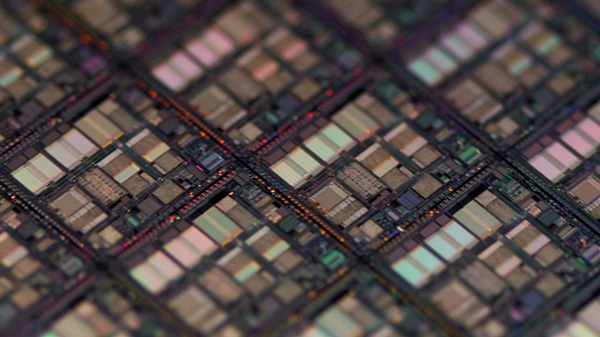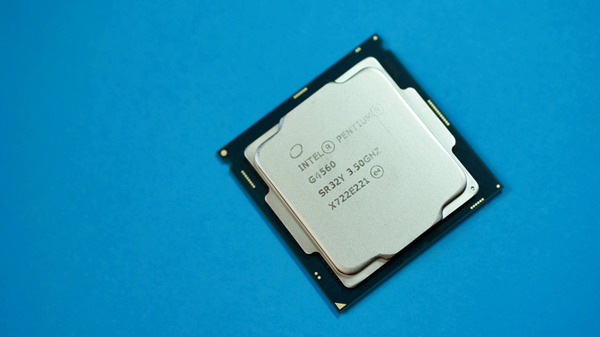What happens if some of the billions of chip transistors fail?
Chips on phones and computers have billions of transistors, in which the smaller the transistor size, the higher the number of transistors on the CPU. The greater the number of transistors, the more power the CPU has and the lower the power consumption. But what if the billions of transistors on the CPU have a few broken?
Semiconductor companies are the ones who can give you the correct answer. They have a concept called efficiency management (yield management) or classification (binning).

In the process of producing a wafer base, a thin piece of silicon is used as a substrate to produce integrated circuits, for chips, it will have to go through automated testing sequences. And to know if these chips are working, they will continue to undergo different electrical or logic tests.

Wafer base.
"Efficiency management" is responsible for ensuring maximum number of chips that work well after production, manufacturers must find ways to improve the process to increase that percentage as high as possible. A small change in the production process can also make the performance significantly increase, but this also makes manufacturers spend billions of dollars, so being able to increase a bit of performance can be Extremely high returns for manufacturers.
Broken chips will be re-marked. After that, the wafer pad will be automatically cut off by the system to ensure the remaining part can continue to be used. After going through logic testing processes, manufacturers will determine what works and what doesn't.
However, not chips with a few transistors will be discarded. For chips like Core i5 or lower, if there are broken transistors in a core, they are still confirmed to pass the test. The system will cut off the pins (trace - solder pins on chips or broken circuits on the inside of the chip) and bring the diode (diode - a kind of semiconductor device that only allows current to flow through it one way but not the other way in) to disable that circuit. After that, these chips continue to be tested and undergone logical improvement process many times. Only faulty chips that are too heavy to pass the minimum are removed.
But if this chip is Intel Core i7 or higher, only a few broken transistors will not pass the test.
In other words, if not in the most advanced segment, every chip has errors. Core i7 chip after disabling the error part such as lowering the clock, hyper-thearding . will become Core i5. As a result, no chips, despite being eliminated, are wasteful.

Core i7 "bug" is sold under "Pentium G4560" label.
In fact, there are still faulty Core i7 chips sold under Pentium or Core i3. This helps manufacturers reduce their profits but it is still better when they don't collect any money and throw it away.
In short, depending on the extent of faulty Core i7 chips will be sold as Core i5, Core i3, Pentium or Celeron chips. But don't be so confused and worried because they have passed the manufacturer's tests to ensure performance when sold.
 Sea cable incidents APG, IA: 3G / 4G mobile Internet users feel the most influential
Sea cable incidents APG, IA: 3G / 4G mobile Internet users feel the most influential Users who have not updated the WinRAR patch, despite being warned, continue to take advantage of the vulnerability to insert malicious code.
Users who have not updated the WinRAR patch, despite being warned, continue to take advantage of the vulnerability to insert malicious code. Microsoft released the Windows Defender extension for Google Chrome and Firefox browsers to protect the device
Microsoft released the Windows Defender extension for Google Chrome and Firefox browsers to protect the device Chromium browser with Microsoft Edge has a new extension store
Chromium browser with Microsoft Edge has a new extension store According to the Massachusetts Institute of Technology, virtual broadcasters use China's AI as fake goods
According to the Massachusetts Institute of Technology, virtual broadcasters use China's AI as fake goods ColorOS 6 was officially released, improving the user interface, enhancing the performance of PUBG
ColorOS 6 was officially released, improving the user interface, enhancing the performance of PUBG